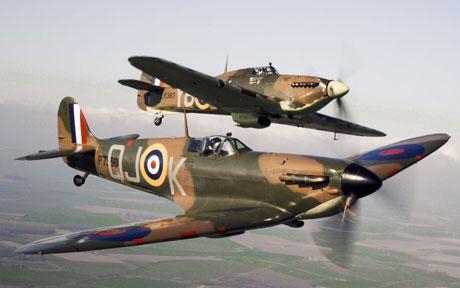It was a gathering to celebrate the brave men that fought through World War Two. And to mark the Memorial Day celebration, the Rolls-Royce Merlinengine that once powered the dreadful British Spitfire combat aircrafts was set rolling to wow onlookers.
There were over 50 people at the Rolls-Royce Heritage Trust. All proud citizens in attendance of the special service that was organised to honour the RAF pilots that died in the course of fighting the Battle of Britain.
Prior to the notable demonstration, Reverend Dr John Davies stressed the importance of such artefacts to the history of Britain and remembering the brave men that fought during the Second World War. According to him, it was not all about organising services and tributes for the pilots – but also about the artefacts that were used by them.
He reminded the observers of how the Spitfire went on over 30 raids in Belgium, the Netherlands, Germany, as well as France.
He also talked about how it is important for parents to know the history in other to tell it from generation to generation. One of the Dean’s most important wish is for parents to convey the message that fighting wars that combat evil is sometimes an “awful necessity”.
The Derbyshire Army Cadet Force completed the services with the Last Post that was followed by a performance of the National Anthem. The last post is the traditional final trumpet salutation in honour of the memory of the British soldiers that died during the war.
Named the Battle of Britain, it was an air war between the German Air Force (Luftwaffe) and British Royal Air Force (RAF). The fight took place during the summer and autumn of 1940 while the Second World War was ongoing. It was the first major war to be fought wholly by the air forces.
Germany’s main reason for waging the air strike was to gain air supremacy over the RAF. Its plan was to destroy Britain’s air defences and place the country in a situation where it would negotiate aceasefire or simply surrender. Unfortunately, the Germans were unsuccessful. And that was considered the first major defeat of the Germans. It was a key turning point in the events that led to the end of World War Two, the Derby Telegraph reports.
During World War II, different varieties of the Rolls-Royce Merlin engine were used on several other aircrafts such as the Avro Lancaster bomber, Hawker Hurricane,Handley Page Halifax, de Havilland Mosquito, and the Supermarine Spitfire. They were manufactured in four different locations which includes Trafford Park in Manchester.
